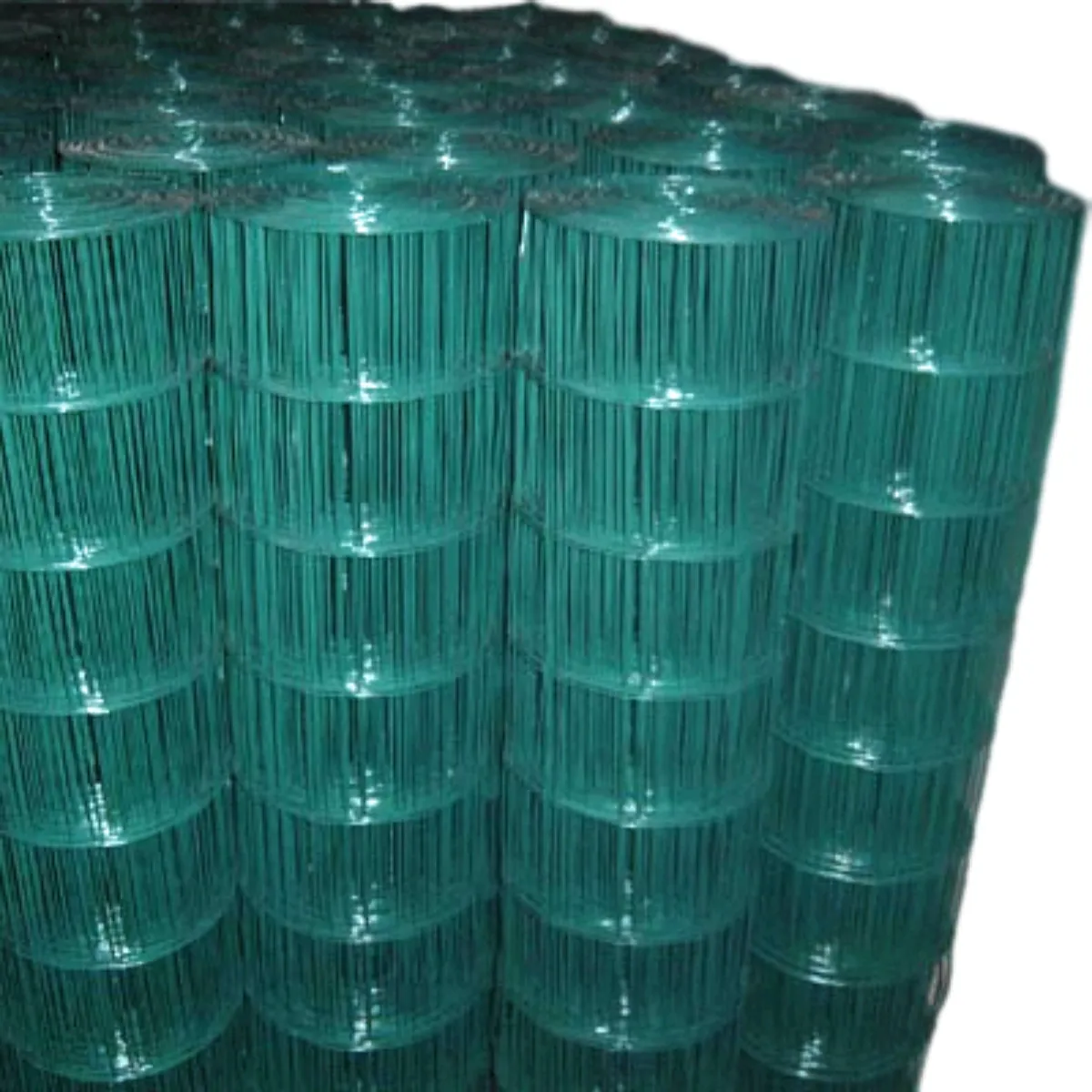nov . 24, 2024 13:02 Back to list
Mesh Materials for Optimal Plastering and Improved Surface Finishing Techniques
The Importance of Mesh for Plastering Techniques, Benefits, and Best Practices
When embarking on any plastering project, whether it is for walls, ceilings, or other surfaces, one essential material often overlooked is mesh. Mesh for plastering serves as a vital component that enhances the durability and longevity of plastered surfaces, preventing numerous potential issues that may arise over time. In this article, we will explore the significance of mesh in plastering, the types available, installation techniques, benefits it offers, and best practices to ensure a successful plastering project.
Understanding Mesh for Plastering
Mesh is a material usually made from fiberglass or metal that provides support and reinforcement to plaster applications. It can be applied in various forms, including rolls or sheets. The primary purpose of mesh is to prevent cracking and improve the structural integrity of the plaster by distributing stress more evenly across the surface.
Types of Mesh
1. Fiberglass Mesh This is the most commonly used mesh in plastering due to its flexibility, light weight, and resistance to moisture. It does not rust or corrode, making it ideal for both indoor and outdoor applications.
2. Metal Mesh Typically made of galvanized steel or aluminum, metal mesh offers excellent support and durability. It is often used in heavy-duty plastering applications, particularly where additional strength is required.
3. Plastic Mesh While less common, plastic mesh can be utilized in specific scenarios where moisture resistance is essential. However, it may not provide the same level of durability as fiberglass or metal options.
Benefits of Using Mesh in Plastering
1. Crack Prevention One of the primary benefits of using mesh is its ability to help prevent cracks in plaster. Expansions and contractions in building materials due to temperature changes can cause stress that leads to cracking. The mesh absorbs and redistributes this stress, significantly reducing the likelihood of cracks.
2. Increased Structural Integrity Mesh reinforces the plaster, making it less prone to damage from impacts, moisture, and other external factors. This added strength is crucial in high-traffic areas or locations with a greater likelihood of wear and tear.
3. Improved Adhesion Mesh helps to create a stronger bond between the plaster and the substrate, whether it is concrete, brick, or another surface. This bond is especially important in preventing delamination or peeling over time.
4. Versatility Mesh can be applied to various surfaces, allowing for a broader range of applications. Whether plastering a new wall, repairing an existing structure, or creating decorative finishes, mesh is adaptable to different project requirements.
Installation Techniques
mesh for plastering

Proper installation of mesh is crucial to maximizing its benefits in plastering
. Here are some steps to follow1. Surface Preparation Ensure that the surface is clean and free from dust, grease, or loose particles. If necessary, patch any holes or damaged areas before applying the mesh.
2. Cutting Mesh Measure and cut the mesh to fit the dimensions of the area being plastered. It is often best to overlap sections of mesh by about 10-15 centimeters to ensure complete coverage.
3. Applying Adhesive Use a suitable adhesive or thin layer of plaster to bond the mesh to the surface. Ensure that the mesh is fully embedded in the adhesive to prevent it from shifting.
4. Plaster Application After the mesh has been securely set, apply the plaster using a trowel or similar tool. Ensure that the plaster covers the mesh evenly and smoothly.
5. Curing Allow the plaster to cure according to the manufacturer’s instructions. Proper curing is essential for the longevity of the plastered surface.
Best Practices for Successful Plastering
To achieve the best results in your plastering project, consider the following tips
- Choose the Right Mesh Select the type of mesh that best suits your project needs, taking into account factors like moisture levels, surface type, and expected wear.
- Follow Manufacturer Recommendations Always adhere to the instructions provided by the mesh and plaster manufacturers for the best performance and durability.
- Conduct Regular Maintenance After the plaster has cured, inspect the surface regularly for signs of cracks or damage. Addressing issues early can prevent more significant problems later.
Conclusion
In conclusion, mesh is an indispensable element in plastering projects that greatly contributes to the performance and durability of plastered surfaces. By understanding the types of mesh available, recognizing its benefits, and following correct installation techniques, you can enhance the quality and longevity of your plastered areas. Investing the time and effort into integrating mesh into your plastering project can save you from future repairs and ensure a structure that stands the test of time.
-
The Role of Field Wire Fence in Grassland Conservation
NewsJul.15,2025
-
Stainless Steel Razor Wire Durability in Coastal Environments
NewsJul.15,2025
-
Enhancing Home Security with Mesh Fences
NewsJul.15,2025
-
Diamond Mesh Wire for Small Animal Enclosures
NewsJul.15,2025
-
Common Wire Nail Tensile Strength Testing for Woodworking
NewsJul.15,2025
-
Barbed Wire Corrosion Resistance Galvanization Techniques
NewsJul.15,2025









